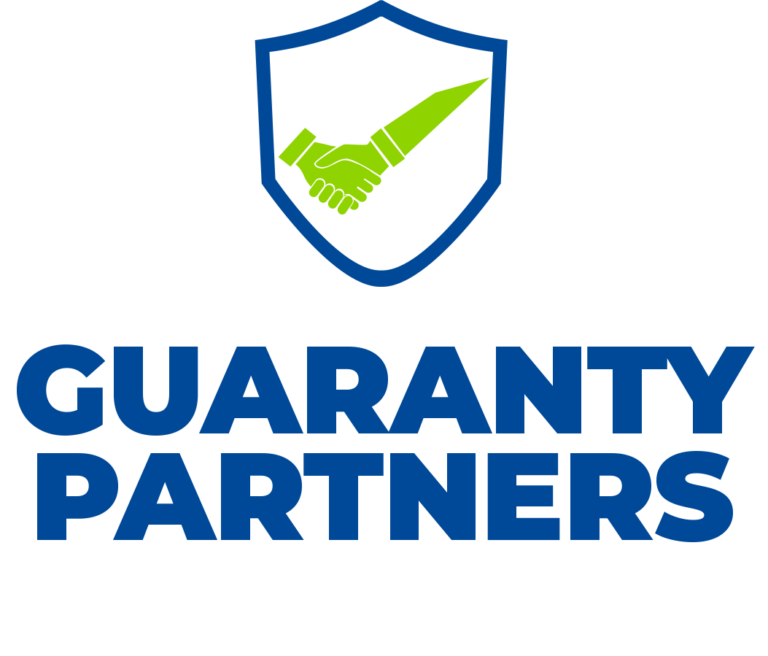Accounting for Inventory Management Workshop
Course Fee:
OBJECTIVES
On completion of this course you should be able to:
• Gain a wide knowledge of counting systems, cost layering, standard costing, overhead allocation, the lower of cost or market rule, disclosures, transfer pricing, budgeting, and measurements.
• Understand how to improve inventory record accuracy, assign costs to inventory, and set up a complete system of Inventory controls.
• Apply methods and techniques to create and maintain a comprehensive system of inventory accounting.
• List the various types of accounting activities that relate to it.
• Decide which of the accounting activities are actually needed.
CONTENT
Overview of Inventory
• The Definition of Inventory
• Accounting for Inventory
• Inventory Transactions
• Inventory in a Push Environment
• Inventory in a Pull Environment
• Periodic and Perpetual Inventory Systems
Inventory Record Accuracy
• Inventory record errors
• Environmental and employee factors impacting record accuracy
• Inventory data collection methods
• The data entry blocklog problem
• Back flushing
• Controls over record accuracy
• Inventory review reports
• Inventory Auditing
• The corrective action system
Inventory Counting and Reconciliation
• How to set up inventory record keeping
• The physical inventory count
• Concerns about the physical inventory count
• Physical Count improvements
• Cycle Counting
• Control Group Analysis
• 100% Count Analysis
• Inventory Reconciliation
Standard Costing of Inventory
• How to create a standard cost
• Historical, Attainable, and Theoretical Standards
• How to account for standard costs
• Overview of variances
• Types of variances
• Problems with variance analysis
• Which variances to report and how to report them.
Process Costing
• Overview of process costing
• The weighted average method
• The standard costing method
• The First In, First Out method
• The Hybrid Costing system
• Process costing journal entries
• Problems with process costing
Inventory Spoilage, Rework, and Scrap
• Definition of Spoilage
• Accounting for Normal, Abnormal Spoilage
• Cost allocation of Spoilage
• Definition of Rework
• Reporting and accounting for Rework
• Definition and accounting for scrap
Inventory Transfer Pricing
• Market price basis for transfer pricing
• Adjusted market price basis
• Negotiated basis
• Cost plus basis
• Cost Anomalies
• Pricing problems caused by transfer pricing
• The tax impact
Inventory Budgeting
• The production budget
• Other production budget issues
• Budgeting for multiple products
• Ending inventory concepts
FOR WHOM:
Stores Purchasing and Logistics Personnel in the Public and Private Sectors
Methodology
The training methodology integrates lectures, interactive discussions, collaborative group exercises, and illustrative examples. Participants will acquire a blend of theoretical insights and hands-on practical experience, emphasizing the application of learned techniques. This approach ensures that attendees return to their professional environments equipped with both the competence and self-assurance to effectively implement the acquired skills in their responsibilities.
DATE:
1ST BATCH: 3rd – 6th Mar, 2026
2ND BATCH: 23rd – 26th Jun, 2026
3RD BATCH: 20th – 23rd Oct, 2026
Course Category
- Human Resource and Admin
- Finance and Accounting
- Internal Audit and Fraud Control
- Stores, Procurement and Supply Chain
- Information Technology
- Aviation and Maritime
- Banking, Investment and Insurance
- Business Communication
- Construction Management & Civil Engineering
- Engineering, Instrumentation and Maintenance
- Entrepreneurship and Business
- Hotel & Hospitality Management
- Law and Contract Management
- Management and Leadership
- Project Management
- Public Relations
- Public Sector
- Sales, Marketing & Customer Service
- Secretaries & Personal Assistants
- Transport & Logistics
- Security and Safety
More Courses
VENUE
25, Queen street, Alagomeji Bus Stop, Yaba, Lagos









